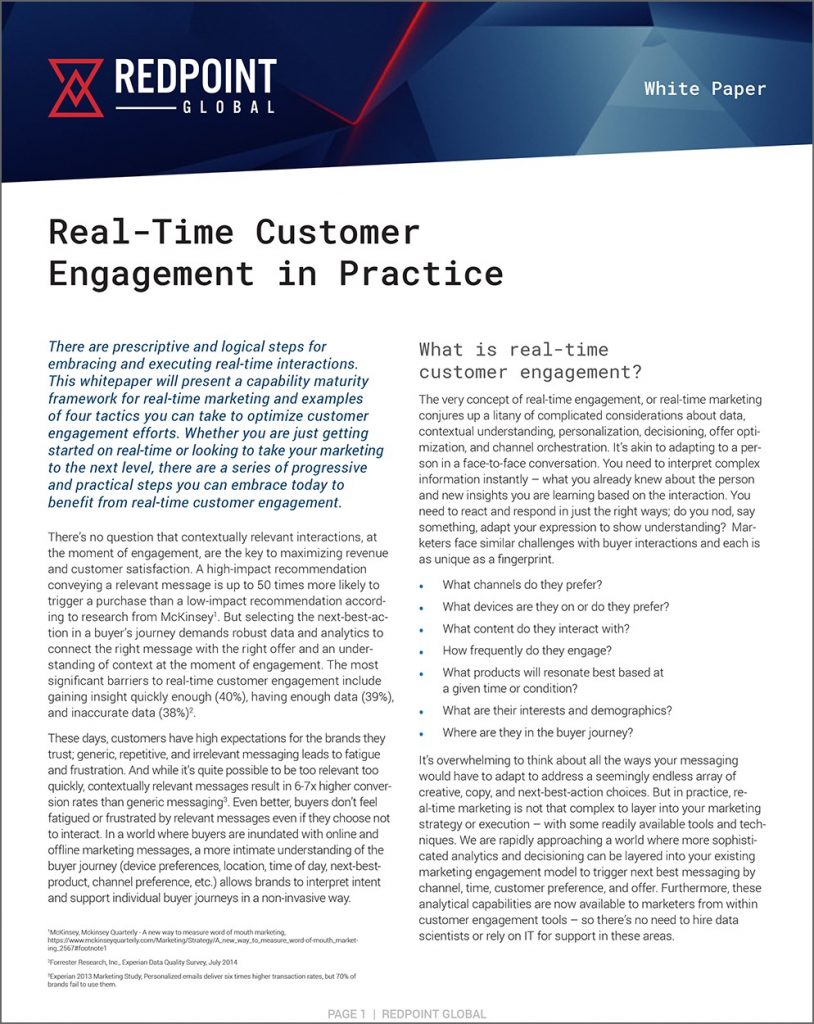 “Hors catégorie” is a French bicycling term used to describe mountain climbs that are “beyond categorization”, reserved for difficult climbs with extreme twists, turns, and elevation gains. This year’s Tour de France, which started Saturday, has several uncategorized climbs (along with a record 30 categorized climbs), making the 106th edition of the iconic race “tailor-made” for climbers, according to those in the know.
“Hors catégorie” is a French bicycling term used to describe mountain climbs that are “beyond categorization”, reserved for difficult climbs with extreme twists, turns, and elevation gains. This year’s Tour de France, which started Saturday, has several uncategorized climbs (along with a record 30 categorized climbs), making the 106th edition of the iconic race “tailor-made” for climbers, according to those in the know.
Race spectators and support teams trying to keep track of a zig-zagging tour rider on tight climbs and steep descents is much like the challenge marketers face when trying to engage with the continuously connected omnichannel consumer. A typical non-linear, twisting and turning customer journey can also be said to be “beyond categorization,” with an unpredictability that can confound marketers trying to engage with a customer at the right moment. Because customers can appear anywhere, at any time, and on any device, seizing on the right moment of interaction requires marketers be ready with a real-time, relevant engagement wherever or whenever a customer appears.
Some marketers make the mistake of thinking that another engagement system or marketing cloud will do the trick, allowing them to consolidate a fragmented martech system to deliver a true omnichannel customer experience. The truth is, there is no silver bullet, not with the martech landscape exceeding 7,000 point solutions according to the 2019 Chief Martec Marketing Technology Landscape Supergraphic. A solution may solve an immediate engagement problem and result in modest gains, but by the time it’s deployed there may be a more urgent concern requiring new or different data or analytics to keep pace with the customer. Or the customer may have discovered and moved on to a new channel.
Future-proofing an omnichannel strategy ensures that marketing is not perpetually chasing its own tail, if you will, in trying to seize the moment of interaction with a customer. There are five steps marketers can take to future-proof an omnichannel strategy.
An Open Garden Breaks Down Data Siloes
An open garden approach to marketing is imperative to remain in lockstep with the omnichannel consumer. An open garden approach allows marketers to retain legacy systems while countermanding entrenched data siloes. Conversely, a walled garden – think Facebook or Apple – locks marketers into pre-built data models and a predefined slate of technologies.
An open garden in a customer engagement hub (CEH) allows marketers to use best-of-breed individual point solutions because you can connect with any data type, any data source and create a complete view of each customer. Armed with all that is knowable about each customer, the CEH gives marketers a single point of control over customer interactions throughout individual journeys. An open garden breaks down data siloes and allows marketers to keep pace with customer engagement innovations without an expensive, time-consuming rip-and-replace. New customer engagement channels crop up continually, and staying ahead of the continuously connected consumer requires that marketers easily connect with new channels and data without worrying they’ll become obsolete soon after they expend valuable time and resources to integrate the new data source.
An omnichannel approach for a marketer doesn’t have a finite destination. Because the customer is always moving, so too must the marketer. An open garden approach is marketing’s strongest ally to ensure they remain on the right path in continual lockstep with the customer.
A Single Customer View Ends Chasing Down Customer Data
According to a Harris Poll Survey commissioned by Redpoint Global, marketers indicated that “customer understanding” was the most important aspect of meeting consumer expectations for a positive customer experience (tied for first with privacy). Yet the consensus among consumers was that marketers were not doing a good job of meeting this expectation; consumers ranked marketers four points below where marketers ranked their own ability to understand the customer.
Many marketers are stymied from keeping pace with an omnichannel customer journey for the simple reason they lack a unified customer profile. It’s one thing to have an offer ready the moment a customer appears in a channel; it’s quite another to have the right offer. This capability requires a single view of the customer, a persistently updated and instantly accessible golden record that includes customer data of every source and type – structured, unstructured, and semi-structured. A golden record is the foundation for creating hyper-personalized experiences relevant to the entire customer experience.
With a single customer view, marketing knows everything there is to know about a customer, allowing them to infuse context into engagement and show they recognize a customer’s preferences and behavior. An enterprise-grade customer data platform (CDP) solves identity resolution by ingesting and processing all types and sources of customer data to produce a full representation of an individual customer. This real-time capability increases customer understanding across online and offline touchpoints across unknown-to-known stages of a customer proxy, or record.
Real-Time Decisioning Keeps Pace with the Customer
Omnichannel is, quite simply, impossible without the real-time capability of activating a golden record with a next-best-action. In-line analytics, machine learning, and self-training models breathe life into a golden record by turning customer data into insights in the timeframe needed to take action and engage with a customer in the perfect cadence.
Because models re-train themselves based on current data – as opposed to a simple data refresh – real-time predictive models prevent model decay and guarantee that there is no latency between ingestion and activation. An intelligent orchestration layer of a CEH packages a next-best-action for the marketer, based on the real-time decision of the intent model. The next-best-action is instantly accessible, giving marketing a single point of control over data, decisions, and interactions from which to navigate the omnichannel customer journey.
The key to real time in this context future-proofing an omnichannel approach is that models do not have to be re-built or re-coded to avoid decay; a hands-off approach ensures that a next-best-action is always tuned to the exact moment in the customer’s journey that will produce an optimal outcome.
Capital ‘M’ Marketing is a Revenue-Generating Line of Business
According to a new McKinsey study, 83 percent of global CEOs say that marketing can be a major driver of growth. These organizations have what the study says is the “marketing with a capital M” approach, where diverse areas of the business – sales, finance, product innovation, HR, and technology – are vested in marketing’s success and recognize that “marketing and technology are inextricable partners” in developing capabilities to unlock value in new ways.
The impetus for this approach is the value to a company of personalizing the customer experience. According to research from Boston Consulting Group, there will be $800 billion transfer of revenue to companies that get personalization right in just three industries – retail, healthcare, and financial services. Likewise, according to a recent Accenture study, personalization failures annually cost US firms $756 billion, or a whopping $2.5 trillion globally.
The capture of greater wallet share through personalization requires that marketing breakthrough data and departmental siloes that stand in the way of customer understanding to deliver a personalized, omnichannel customer experience. Cross-functional alignment that puts marketing at the helm of an enterprise growth strategy future-proofs an omnichannel approach by knocking down operational barriers and eliminating fragmentation.
Programmatic Advertising Unbound
Because digital advertising operates in the non-addressable realm, programmatic media buying can be costly, ineffective and difficult to track. But new solutions are bringing the targeting and measurability of addressable media to the adtech ecosystem. The Redpoint Digital Acquisition Platform powered by LiveRamp solves many of the problems associated with poorly targeted digital advertising by providing clients the ability to onboard data directly to any of LiveRamp’s more than 500 destination partners, activate audiences and measure performance in an individualized way. Fully compliant with privacy standards, clients can access and control granular data across both known and anonymous audiences. This ensures targeting of programmatic advertising to a defined audience with optimized interaction, re-targeting, and increased contextual relevancy.
This capability is a game-changer in media targeting and programmatic buying. The DAPfuture-proofs an omnichannel approach by giving marketers an in-roads, if you will, into the anonymous ecosystem and linking a digital advertising strategy for all anonymous, known, addressable and non-addressable identities. Display advertising on the open web can deliver the personalized customer experiences of addressable channels, which in turn provides a holistic end-to-end omnichannel strategy.
Future-proofing your omnichannel approach can seem a contraction in terms. Because the customer journey is “beyond categorization”, there is no state where a marketer crosses a finish line, having finally caught up to the always-on consumer. Unlike the Tour de France, it’s a never-ending journey for the customer and marketer alike. Marketers who future-proof their omnichannel approach, however, can ensure that they stay with the customer across today’s channels as well as tomorrow’s touchpoints and are not bringing up the rear.
RELATED ARTICLES
The Art of Listening in Mastering Omnichannel Marketing
Beyond Customer Engagement: Marketing as a Revenue-Driver
Omnichannel Efficiency Drives Latest Customer Engagement Hub Release


